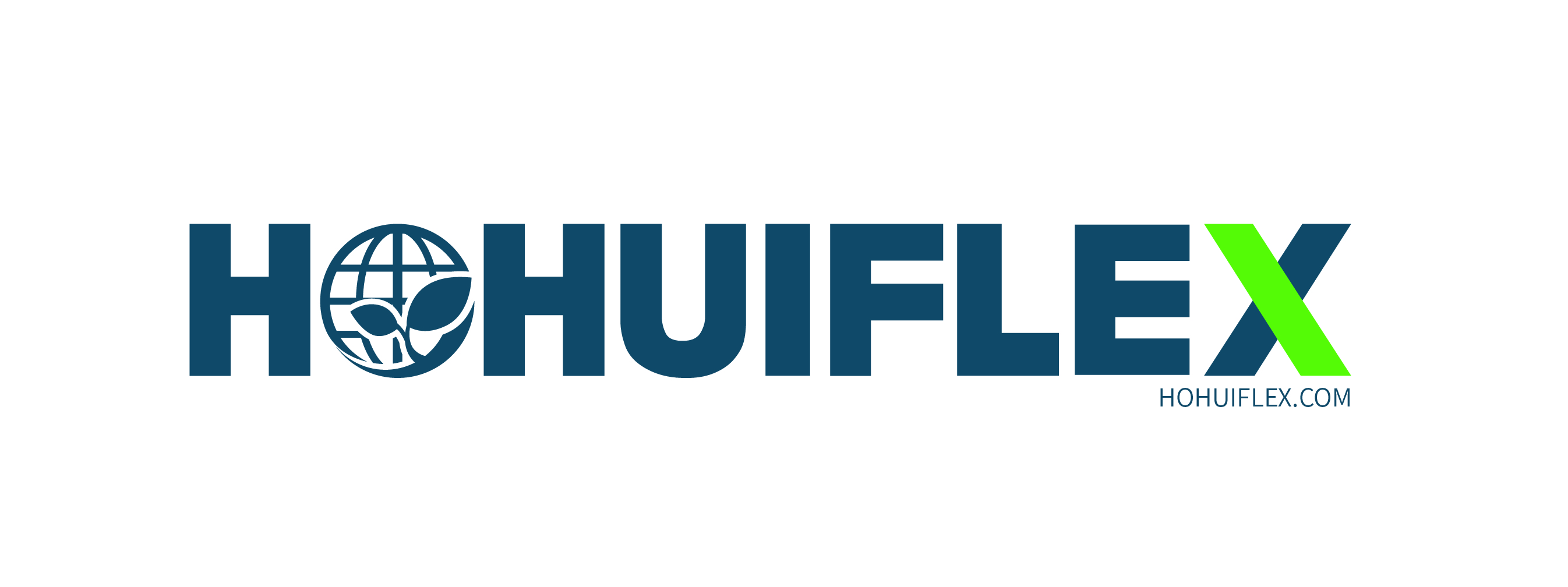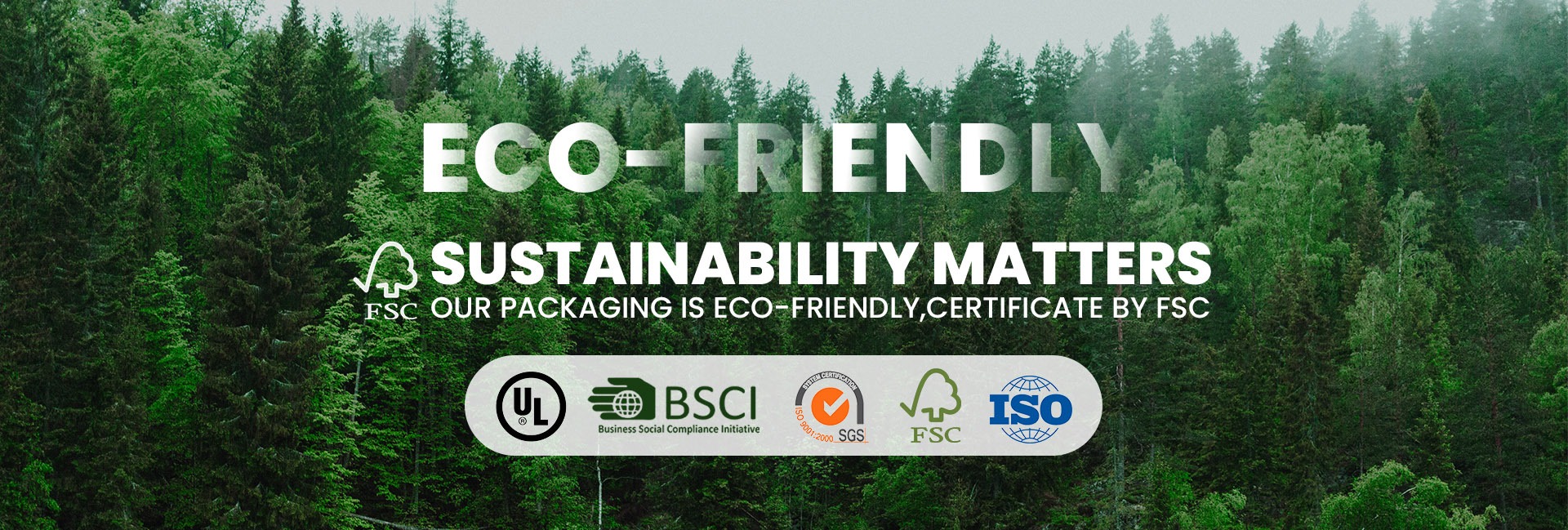Sustainability
At HohuiFlex, our commitment to sustainability
flows through everything we do
We are driven by our commitment to sustainable packaging, which ensures the well-being of our customers, employees, and the planet. By collaborating on high-quality solutions, we aim to reduce both our clients' and our own carbon footprint. In doing so, we minimize the environmental impact of our operations, conserve resources, and join forces with other industry leaders to address the challenges of sustainable packaging.
Flexible packaging is the sustainable choice
Have you ever wondered how the packaging industry can contribute to sustainability? In today's world, where environmental concerns are at the forefront, it's essential to explore eco-friendly options in all aspects of our lives. One such area is flexible packaging. This article will discuss the benefits of flexible packaging, how it compares to rigid packaging, and how it can play a significant role in building a more sustainable future.
What is Flexible Packaging?
Flexible packaging refers to packaging materials that can easily change shape when filled with a product or when the product is removed. These materials are commonly made from plastic, paper, or aluminum, and they offer unique advantages over traditional rigid packaging materials like glass or metal.
Materials
Flexible packaging is made from various materials, such as plastic films, paper, and aluminum foil. These materials are often combined to create multi-layered packaging, providing additional benefits like barrier protection and improved product shelf life.
Applications
Flexible packaging is used for a wide range of products, including food and beverages, pharmaceuticals, personal care items, and household products. Some common examples of flexible packaging include pouches, bags, shrink films, and wraps.
Benefits of Flexible Packaging
l Sustainability: Flexible packaging is considered a more sustainable option due to its reduced material use, lower energy consumption during production, and minimized transportation impact. These factors contribute to a smaller carbon footprint, making flexible packaging an environmentally friendly choice.
l Reduced Material Use: Flexible packaging typically requires less material than rigid packaging. This reduction in material consumption leads to a smaller environmental impact and decreased waste generation, which can be seen as a major advantage in today's eco-conscious world.
l Lightweight: Flexible packaging is significantly lighter than its rigid counterparts, reducing the overall weight of the packaged product. This lightweight nature reduces the amount of energy required for transportation, resulting in decreased greenhouse gas emissions.
l Extended Shelf Life: Flexible packaging often includes barrier properties that protect products from external factors like moisture, light, and air. This protection extends the product's shelf life, reducing food waste and the overall environmental impact.
l Consumer Convenience: In addition to being eco-friendly, flexible packaging offers consumers greater convenience. Easy-to-open features, resealability, and portability make flexible packaging a popular choice among consumers.
Flexible Packaging vs. Rigid Packaging
l Material Efficiency:Flexible packaging utilizes less material than rigid packaging, making it more material-efficient. This reduced material consumption directly translates to fewer resources being used and less waste produced, contributing to overall sustainability.
l Energy Consumption:Flexible packaging generally requires less energy to produce than rigid packaging. Lower energy consumption means reduced greenhouse gas emissions and a smaller carbon footprint, further solidifying the sustainable nature of flexible packaging.
l Transportation:Flexible packaging is lighter and more compact than rigid packaging. This characteristic leads to reduced transportation costs and lower greenhouse gas emissions, as fewer trucks are needed to transport the same amount of product, making it a more environmentally friendly option.
Recyclability of Flexible Packaging
l Challenges:One of the challenges of flexible packaging is its recyclability. Multi-layered materials and mixed-material packaging can be difficult to recycle due to the separation process required. However, the industry is working tirelessly to overcome these obstacles and create viable recycling solutions.
l Innovative Solutions:Several innovative solutions are being developed to improve the recyclability of flexible packaging. These solutions include new recycling technologies, like chemical recycling and mechanical recycling, as well as designing packaging materials that are easier to recycle.
The Future of Sustainable Packaging
As the world continues to prioritize sustainability, the packaging industry will follow suit. Flexible packaging is poised to play a significant role in this shift, thanks to its numerous environmental benefits. Innovations in material design, recyclability, and biodegradable options will further solidify flexible packaging's position as the sustainable choice.
Let’s
connect
From greater sustainability to higher performance, we’re here to deliver what your business needs most.

